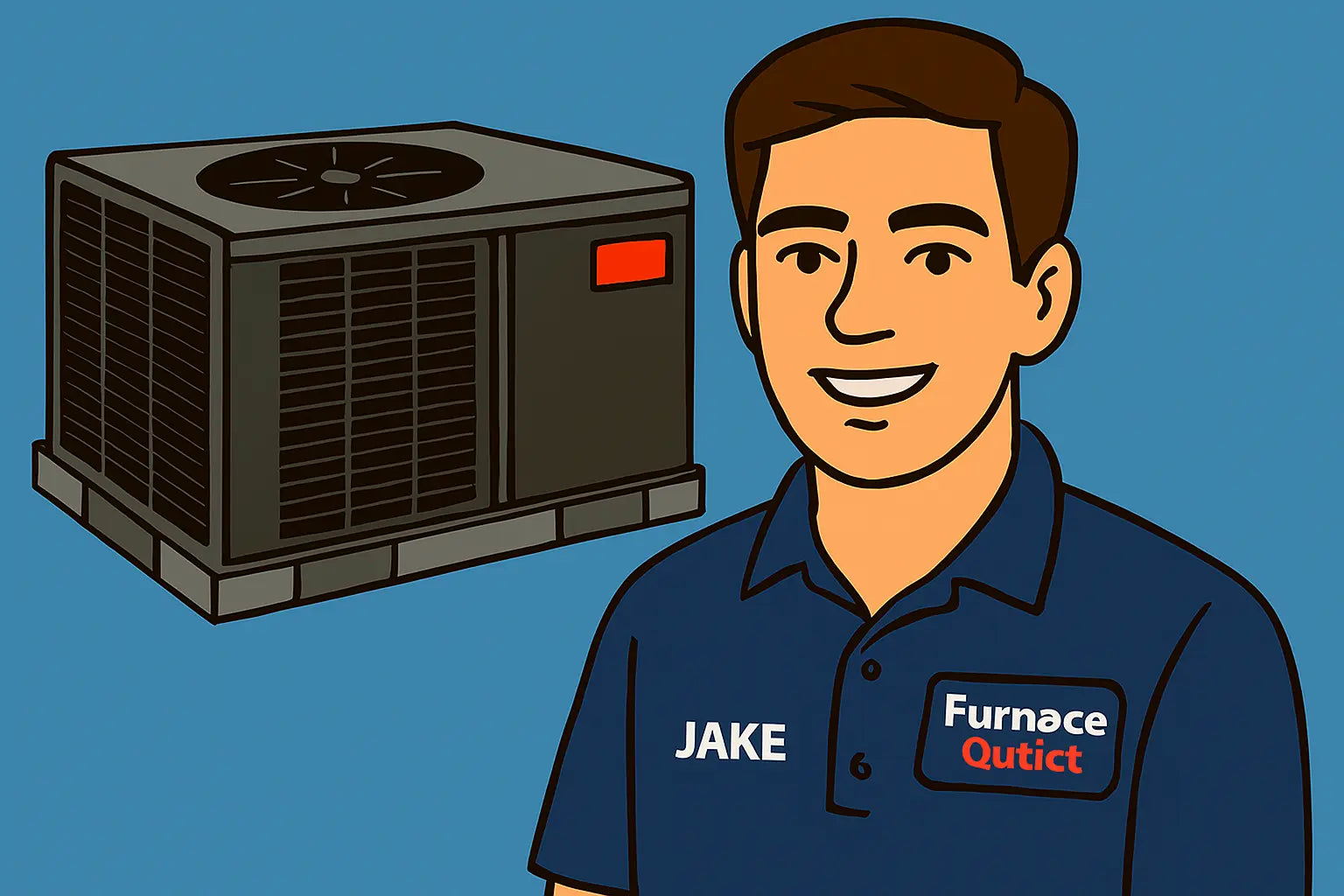Jake Here
Let’s face it—HVAC is one of those things you only notice when it’s not working. Your GPCH33631 might be humming along perfectly today, but neglect it for a season, and suddenly you’re sweating through summer or shivering in spring.
I’ve been on jobs where a clogged filter, minor refrigerant loss, or dusty coil turned a perfectly good AC into a nightmare. That’s why seasonal maintenance isn’t optional—it’s insurance. It keeps your system running efficiently, saves you money, and extends the life of your Goodman unit.
This guide covers everything I check every season to keep the GPCH33631 humming like a champ.
Step 1: Filter Inspection & Replacement
Your first line of defense is clean air.
-
Inspect filters every 30 days, especially during peak use.
-
Replace disposable filters as needed; if you use washable filters, clean them thoroughly and let them dry before reinstalling.
-
Dirty filters restrict airflow, increase static pressure, and can cause coil freeze-ups.
For guidance on filter types and MERV ratings, the EPA’s indoor air quality resources are excellent.
Step 2: Coil Cleaning & Care
The evaporator and condenser coils are the heart of your AC system:
-
Inspect the evaporator coil for dust and debris. Clean gently with a soft brush or coil cleaner.
-
Check the outdoor condenser coil for leaves, grass, and dirt. Use a hose and fin comb to straighten bent fins.
-
Dirty coils reduce heat transfer efficiency, making the GPCH33631 work harder and drive up energy bills.
The Department of Energy explains how clean coils improve efficiency and prolong compressor life.
Step 3: Condensate Drain & Pan
Water buildup can cause serious issues if ignored:
-
Inspect the condensate pan for standing water or algae buildup.
-
Clean the drain line with a vinegar solution or mild bleach to prevent clogs.
-
Ensure proper pitch for gravity drains; check condensate pumps if installed.
Proper drainage prevents water damage and reduces microbial growth. The National Sanitation Foundation has guidance for safe condensate management.
Step 4: Refrigerant & Leak Checks
Low refrigerant or minor leaks reduce cooling performance and strain your compressor:
-
Check pressures and temperatures according to GPCH33631 specs.
-
Look for visible oil spots or frost on the evaporator coil.
-
If you detect low refrigerant, call a licensed technician to handle R-32 safely.
The EPA Section 608 rules cover legal and safe handling of refrigerants.
Step 5: Electrical & Control Inspection
A quick electrical check keeps your system safe and reliable:
-
Inspect wire connections for signs of wear or corrosion.
-
Check breakers, fuses, and disconnects.
-
Test thermostat and control signals.
The Electrical Safety Foundation International has reminders on safe electrical practices.
Step 6: Ductwork & Airflow Maintenance
Don’t forget the path your air takes:
-
Inspect ducts for leaks, disconnected joints, or blockages.
-
Clean supply and return vents.
-
Check for signs of dust buildup, moisture, or pests.
Properly maintained ducts maximize efficiency and comfort. The Department of Energy’s duct sealing guide provides a detailed approach.
Step 7: Outdoor Unit Care
The condenser lives outside, and weather can take a toll:
-
Clear debris from around the unit (at least 2 feet clearance).
-
Inspect for rust or damage to fins and casing.
-
Make sure unit is level; an uneven condenser can stress the compressor.
Step 8: Seasonal Checklist Summary
Here’s your quick reference for every season:
Spring: Inspect filters, clean coils, check refrigerant, test startup.
Summer: Monitor airflow, check electrical connections, keep debris away from condenser.
Fall: Reverse airflow checks, inspect drain, clean condenser coils.
Winter: Cover or protect outdoor unit if needed, inspect wiring, prep for spring startup.
Following this checklist keeps the GPCH33631 running smoothly year-round.
Step 9: Documentation & Record Keeping
Keep a maintenance log:
-
Record filter changes, coil cleanings, and refrigerant checks.
-
Note any repairs, electrical work, or adjustments.
-
Logs help future techs troubleshoot faster and can extend warranty coverage.
Common Mistakes to Avoid
-
Skipping off-season inspections
-
Using harsh chemicals on coils or pans
-
Forgetting to check condensate lines
-
Ignoring minor leaks or pressure anomalies
-
Neglecting outdoor unit clearance
Final Thoughts From Jake
There you have it—seasonal maintenance for your GPCH33631, laid out so even a busy homeowner or first-time tech can follow it without stress. A little proactive care goes a long way: lower energy bills, fewer emergency repairs, and a longer lifespan for your horizontal Goodman.
If you need to check specs, see diagrams, or reference the unit I keep talking about, hit up the Goodman GPCH33631 product page. Bookmark it—it’s your ultimate cheat sheet for all things GPCH33631.
Need more installation and troubleshooting tips for this unit? Visit my guide right here!
Take a deep breath, enjoy that crisp airflow, and know your system is set up to run smooth for years.
- Jake out. 🍺







